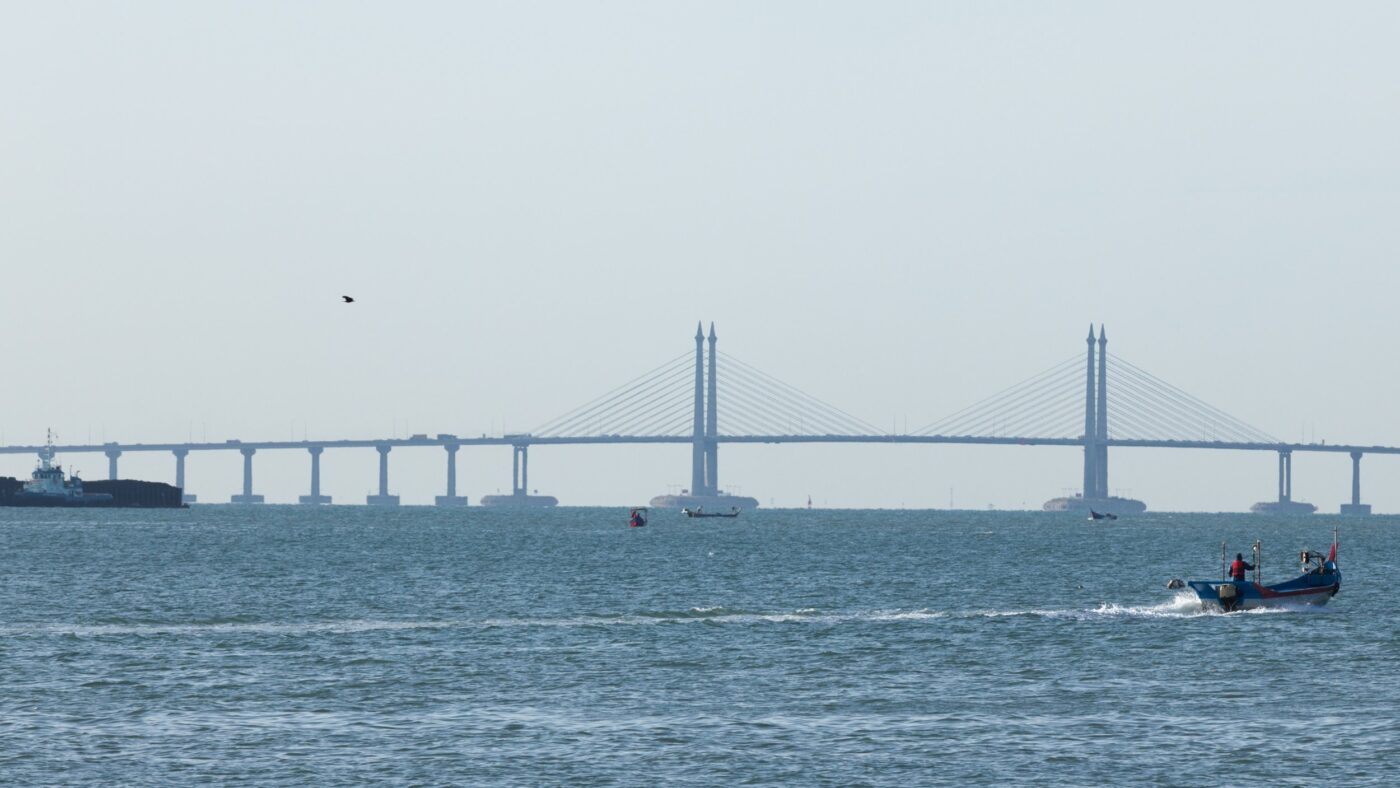In 2014 a tender was issued for an integrated asset management system for the just finished Penang Second Bridge. The tender contained everything related to the asset management of the bridge and required 3D visualisations, a sensor-based system to keep track of all the assets’ structural conditions, embankment monitoring, software for operation and maintenance, and the integration of all together into a single system.
In a sense, the tender requested the combined integration of Building Information Modelling (BIM), maintenance management and a sensor-based structural health monitoring system. Only in 2020 the term “digital twin” started gaining traction and in 2021 still no single software exists capable of what this tender requested.
Nevertheless, an international collaboration was formed with two local Malaysian technology providers, a Danish engineering consultancy, two American software developers, and a Russian structural monitoring system provider.
In relation to the IoT monitoring system, the tender documents provided a reference to the most advanced structural monitoring system to date with the request to modify it for this bridge. In addition, it required easy to use software including a decision-making tool. A very detailed structural monitoring system with each sensor and its location specified was created and submitted as part of this large proposal.
While the proposal was not selected as the winning bid, the development of the system and documentation was as if it were a full project and would have become the most advanced bridge monitoring system in existence.

